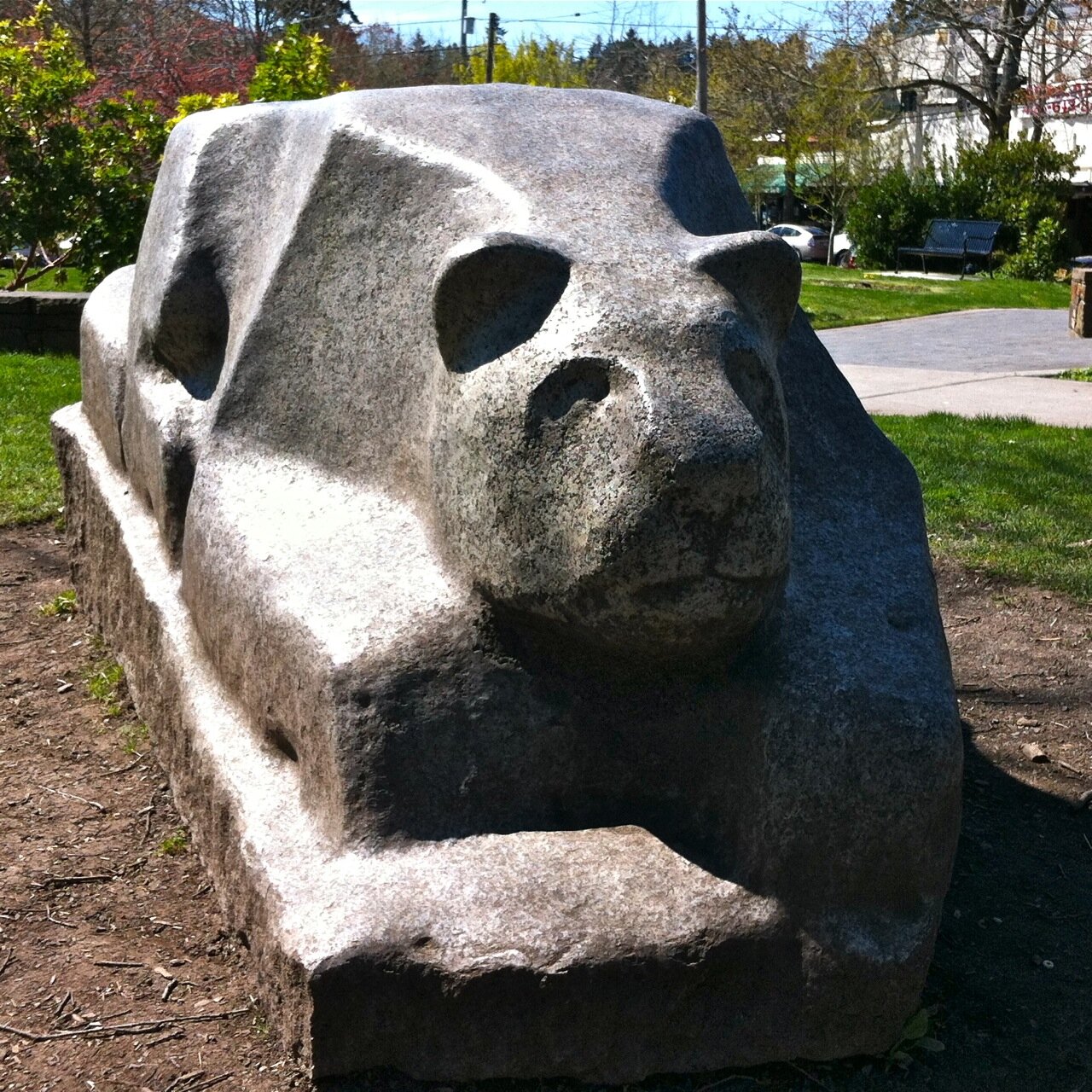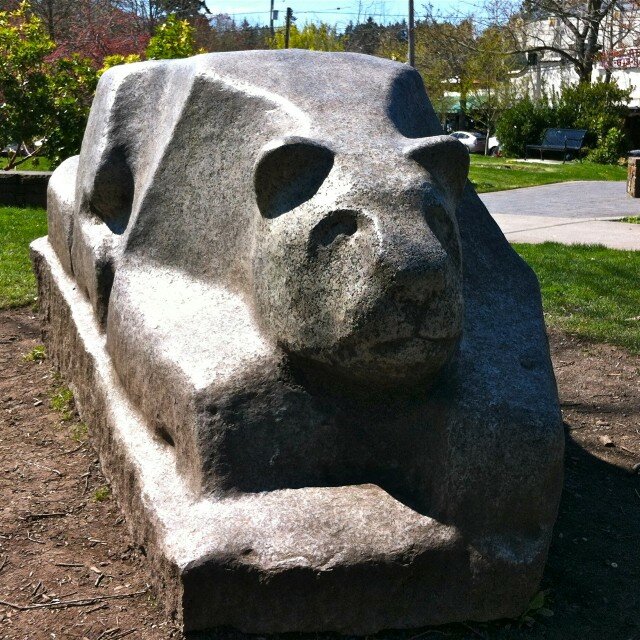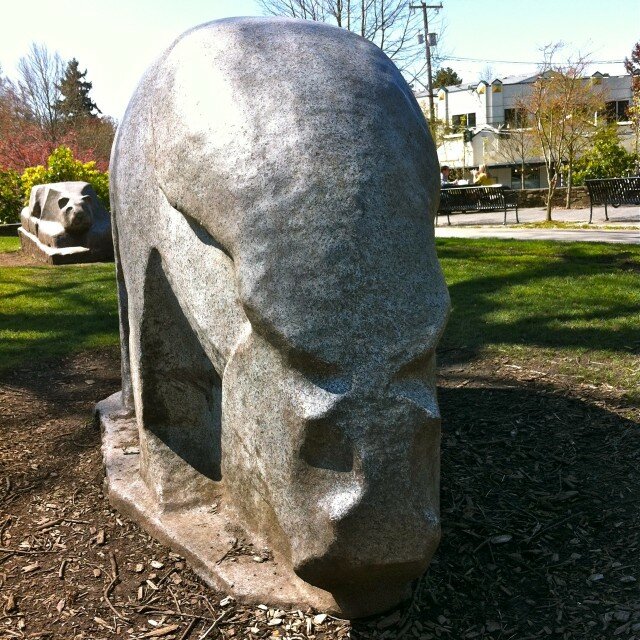Via the KOMO News Ballard correspondent, we hear honey-lovers have growly, hirsute competition for Ballard Bee Company goods. We have only after-the-fact pictures of the bears who broke into two hives, but we suspect what went down looked something like this. The incident took place at a farm in the Snoqualmie Valley earlier this week. Ballard Bee’s Corky Luster is, at this very moment, out stringing electrified wire around his beehives. (It’s not too “hot,” but it will make you blink if you sniff at it with your nose.)
Luster is not too worked up over the bears sourcing their honey locally: “We had early Trick or Treaters at the farm today,” he wrote on Facebook. “Bears-2 Ballard Bee-0. Sneaky devils.” And, philosophically: “…the bears have to eat too, just hope they find better things than the bees and honey.” Luster figures the bears made off with about $1,200 worth of the sticky gold stuff.
While the Ballard Bee Co. is known for its in-city rooftop hives–they have them stashed in about 60 places, including the rooftop garden at Bastille–they also have larger installations in the countryside. One location is Carnation Farm’s Camp Korey, a member of Paul Newman’s SeriousFun Children’s Network, where children with serious illnesses and medical conditions can enjoy themselves in natural surroundings. Tim Rose founded Camp Korey after his son Korey died from bone cancer; this past April, the camp welcomed a full apiary set up by Luster, so the campers could learn about bees, and enjoy some fresh honey come harvest time.







